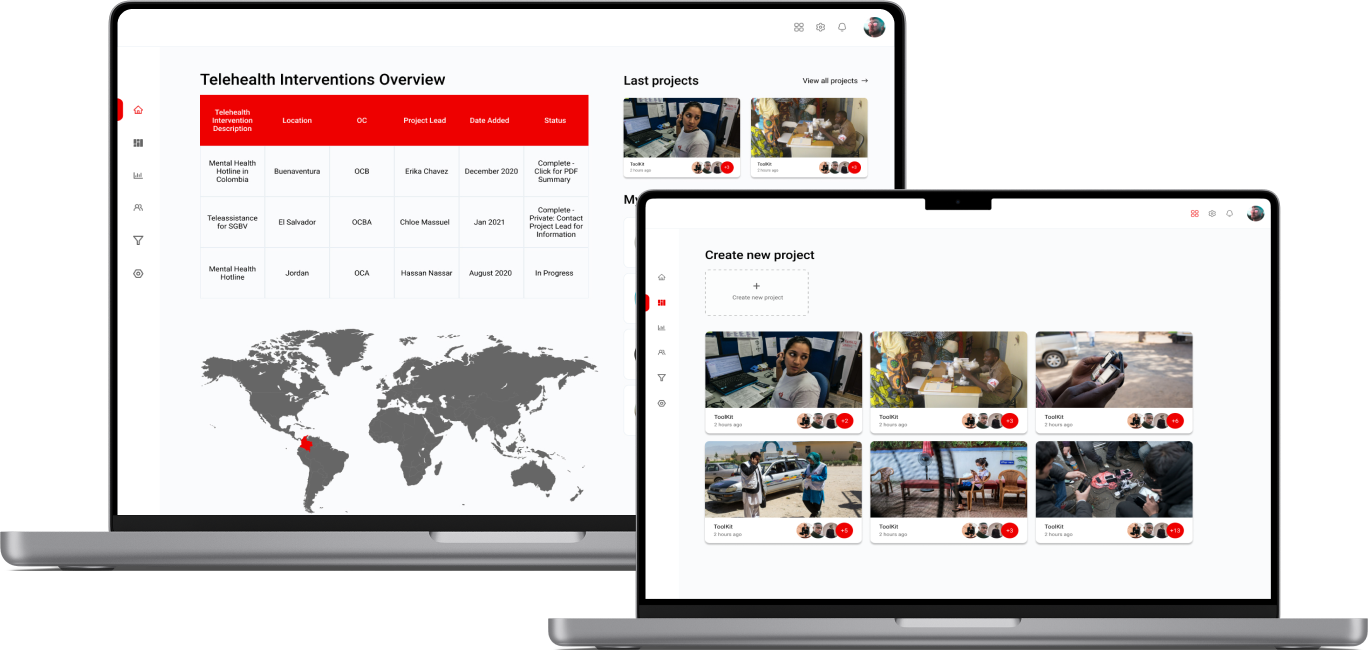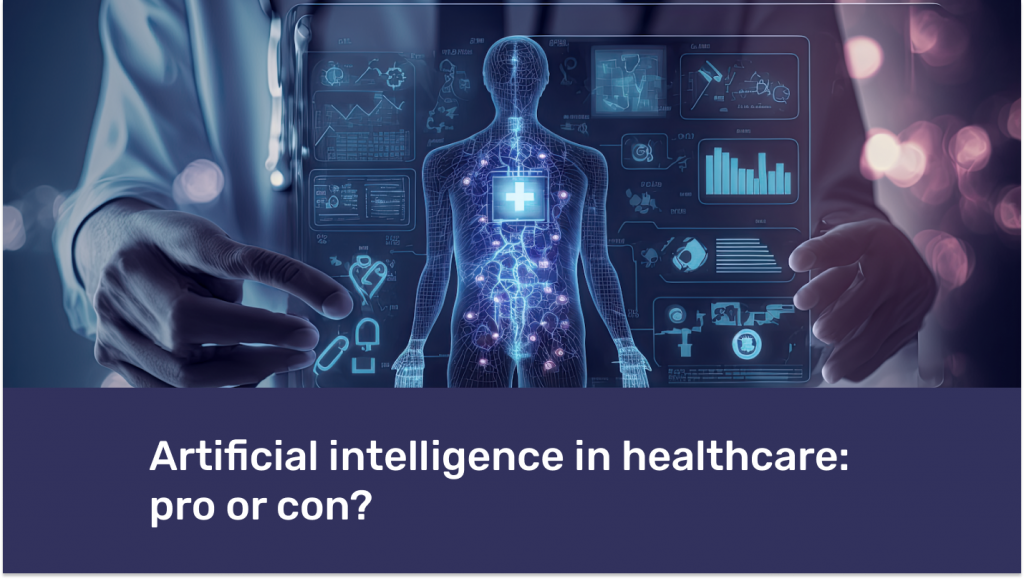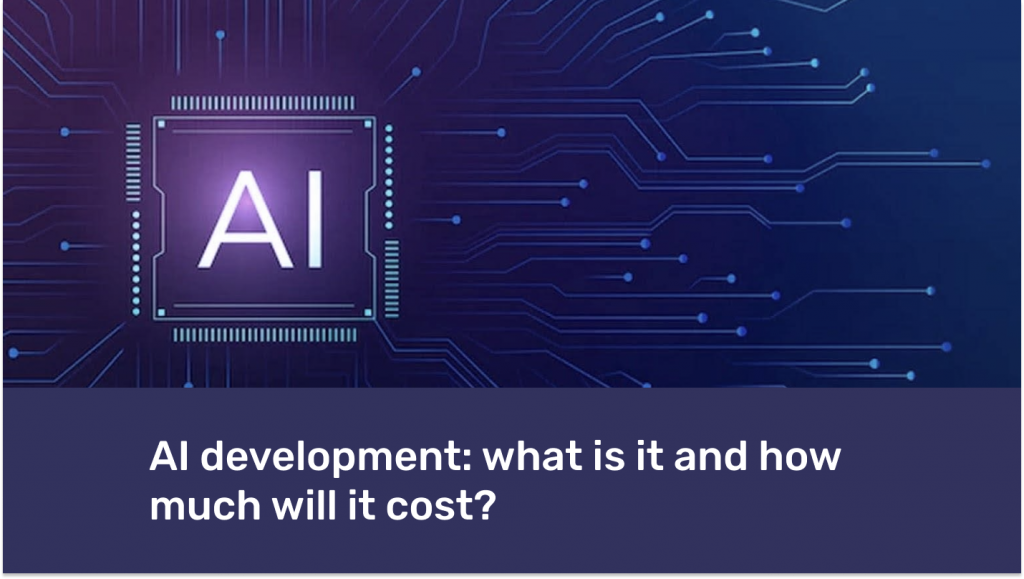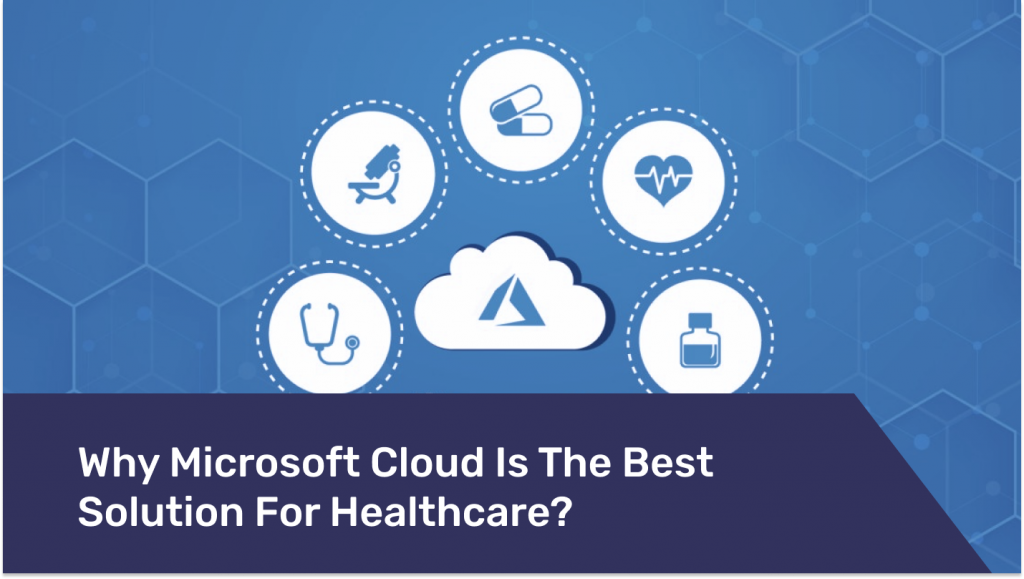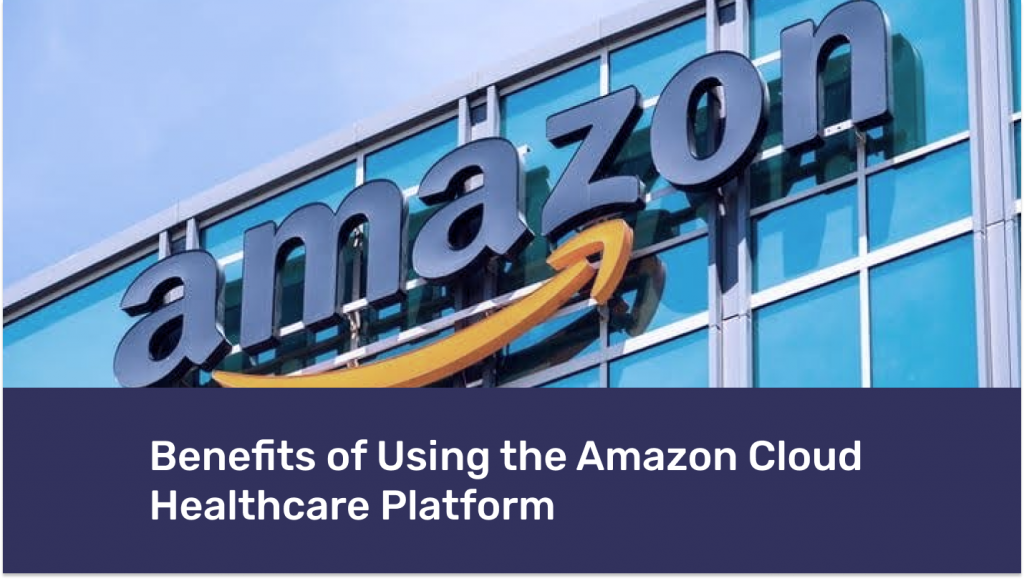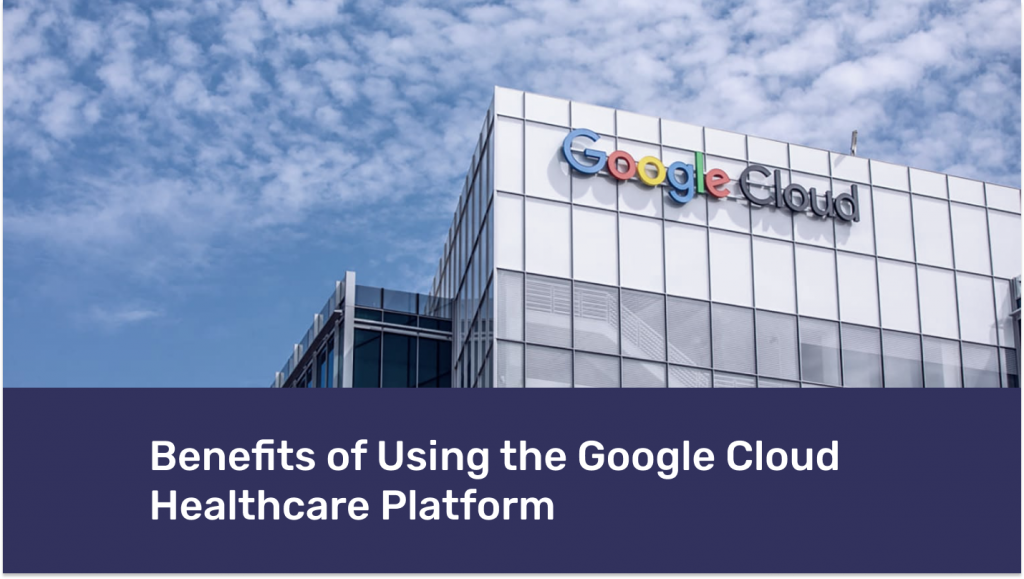Why you should integrate with EPIC?
Epic dominates the EHR market and supports more than 250 million patient records worldwide, including 45% of U.S. healthcare organizations. So, it became one of the leading EHR system for medical providers. Businesses face challenges when their solutions work in isolation from healthcare organizations’ existing systems. Without the integration with EPIC, healthcare providers are forced to transfer data manually, which can cause errors and slow down decision-making. Such connection guarantees data interoperability, which eliminates silos and gives organizations real-time insights that improve patient treatment.
What is Epic EHR Systems
Epic is used as an EHR system in a variety of healthcare settings, from hospitals and different medical centers to specific health organizations and small practices. In addition, leading industry standards such as HL7 (Health Level Seven) and FHIR (Fast Healthcare Interoperability Resources) also utilize Epic EHR solutions. It enables simplified data transfer between systems and supports interoperability. Epic also adheres to security principles and standards, that includes HITRUST requirements. It means that strict HIPAA regulations protect PHI all the time. That’s the reason why Epic became a leading platform for the healthcare sector. As such, the system allows healthcare providers to store and share necessary patient data.
Today, Epic powers 45% of all U.S. electronic medical records. Major hospitals utilize Epic to manage EMRs. As the popularity of Epic growths, healthcare companies and providers want to implement it. And the best and easiest way to do it is Epic integration. Integration allows you to optimize patient data management. For example, information is aggregated and combined across different systems in real-time with compliance to HIPAA regulations. It improves diagnostics, patient treatment plans and their outcomes. Such integration also optimizes the process of data entry and simplify administrative tasks. So, healthcare professionals can focus on patient problems and improve their satisfaction.
Epic Integration and Use Cases
Epic integration can help healthcare providers to create interconnected systems where data is quite accessible, secure and fast exchanged. Epic’s EHR/EMR solutions focus on registration of new patients and scheduling the appointments, clinical management for doctors, nurses, and other staff, specific applications for cardiologists, radiologists, and pharmacists, as well as systems for laboratory technicians, surgeons, nutritionists and other professionals. Each component is designed to work in tandem and maintain a continuous information flow between all departments.
In addition, the technical components of Epic EHR integration include compliance with leading industry standards such as HL7 and FHIR. HL7 provides the framework and standards for data exchange,sharing and retrieval. From another point of view, FHIR is a new standard for supporting the transfer of medical information that uses updated web technologies. The use of this standards guarantees that Epic’s integration solutions can productively interact with other healthcare systems with any model. Epic’s integration with each specific type of healthcare system helps to meet the diverse requirements of healthcare providers.
The integration of Epic EHR with telemedicine or remote patient monitoring solutions makes it easy to adjust the virtual medical system to the existing Epic EHR module. This helps to maintain patient records by synchronizing updated data, arranging online appointments, and organizing telemedicine visits inside the Epic interface.
Practice management. With patient data synchronization, appointment schedules and invoices between the two systems, integration with Epic EHR simplifies administrative operations. Thus, healthcare professionals have the ability to check recent patient records, arrange appointments, and speed up billing claims. That would increase productivity, reduce mistakes, and improve clinical coordination.
The integration of Epic EMR with the patient portal allows them to access their medical information in real time. Patients can contact their doctors, receive new prescriptions, review their results, and arrange an appointment. This integration promotes patient engagement and empowerment.
Laboratory information system. Thanks to Epic’s integration with LIS, laboratory such as blood results, radiological and other diagnostic testings are automatically updated in real time in the patient’s Epic EMR system. Doctors can get the latest patient’s results directly from their EHR for reliable decision-making. It also optimized data entry and reduces the chance of mistakes to improve patient care and coordination between healthcare professionals and laboratories.
The integration of Epic EHR with the pharmacy system allows to synchronize patient drug delivery, medication history and prescription orders in real time. Healthcare professionals can use Epic EHR to deliver prescriptions online to pharmacies, receive alerts about medications and their impact, and access more pharmaceutical information. This integration simplifies drug coordination, reduces pharmaceutical mistakes and improves patient safety and quality of medical care.
Need a Tech Partner for Your Healthcare Org or Product?
ZenBit team is ready to assess, design, build, modernize, and optimize your healthcare IT solutions and infrastructure to help you run daily IT operations.
ZenBit team is ready to assess, design, build, modernize, and optimize your healthcare IT solutions and infrastructure to help you run daily IT operations.
Key Epic EHR modules
Epic’s EHR system became famous due to the modules that covers healthcare functions such as:
EpicCare Ambulatory. Manages outpatient clinic visits, documentation and order entries.
ASAP. Focused on emergency department management to offer triage and patient flow solutions.
OpTime. Maintain surgical scheduling, pre-op, intra-op and post-op processes.
Stork. Designed for obstetric care to manage pregnancy and delivery documentation.
Radiant. Manages radiology workflows, including imaging and reporting.
Beacon. Tailored for oncology care to optimize treatment plans and chemotherapy processes.
Willow. Pharmacy module for both inpatient and outpatient settings.
MyChart. The portal for patients needs such as history of health records, appointments arrangements and communication with providers.
Healthy Planet. Management and analytics of population health.
Cadence. Provides scheduling, registration and patient check-ins.
Beaker. Laboratory information management system for specimen tracking and testing.
Wisdom. Supports dental care workflows with treatment planning and scheduling.
Phoenix. Supports transplant patient care, from evaluation to post-operative follow-up.
Haiku and Canto. Mobile applications for providers with access to patient records and possibility manage care in real time.
Benefits of integration with the Epic EMR/EHR system are:
Quick access to medical records. Healthcare providers exchange millions of electronic medical records every month, but sometimes doctors work in remote areas and need quick access. EPIC integration allows medical staff to access quickly patient records even in remote areas. That allows them to make informed and reliable decisions about patient care on time.
Cost-effective Epic API provides free data access and easier integration compared to other standards such as HL7 or CCD. It also reduces development costs and efforts. When it comes to HL7 or CCD, the developer has to write a lot on their own, which greatly affects the cost, effort and time.
Scalability. Epic integration allows you to change the size of the database. In particular, this is applicable in intensive care units, where patients are constantly monitored, generating a huge number of records.
Improving the clinical decision-making process through full access to up-to-date and complete patient records. This makes it easier to conduct research and make evidence-based medical decisions regarding patient care. This leads to improved patient outcomes and a reduction in the number of medical errors.
Latest trends in EHR/EMR to look out for in 2025:
Cloud Computing. Most EHR/EMR systems are cloud-based and have an interoperable architecture for integration with other healthcare platforms. It is necessary for sharing data within the medical sector and is particularly beneficial for organizations looking to grow. This trend helps to patient information remains secure in the case of cyber attacks.
Robotic automation ensures accurate results and eliminates deficiencies in the EHR system without redesigning the entire system. To maintain efficiency, only digital labor is used and the need for manual data entry is eliminated.
Artificial intelligence and voice recognition are integrated into the EHR software to improve treatment outcomes. Artificial intelligence-based voice recognition makes it easier to enter data and document patient appointments, allowing healthcare professionals to focus on patient care. NLP can also improve the effectiveness of a doctor’s work and patient care. Artificial intelligence systems also help medical professionals make specific course plans and analyze patient databases, prioritizing critical cases with complex health problems.
Challenges in Integration with Epic
For software developers is important to implement USCDI APIs, the rules to help medical applications comply with the USCDI standard. It defines what data can be transferred between electronic health records (EHRs) and other systems. With its help, developers can securely retrieve, send, and manage medical data in a legally compliant manner.
Data compatibility is one of the most challenging issues in EMR integration. Since medical systems store information in different formats, their unification becomes a complex process. To address this, medical data must be converted into a standardized format that is universally understood.
The cost of integrating EPIC and EMR depends on hardware, software, licensing, and the overall scope of services provided. Additionally, factors such as the size of the medical facility, the complexity of existing systems, and the required level of customization also impact integration costs.
EHR/EMR data migration and integration involve transferring vast amounts of data from legacy systems to an updated EHR system. Challenges may arise if the data exist in different formats or are incomplete and inaccurate, making the transfer more difficult. This can also lead to delays in implementation and potential data loss.
The technical infrastructure and support must be reliable and meet performance requirements. This includes having sufficient hardware, network bandwidth, and data storage capacity. A dependable IT support team is also essential for promptly resolving technical issues.
Interoperability and data exchange with other healthcare systems, such as laboratories, pharmacies, and other hospitals, enable access to a complete patient medical history. However, due to the use of different data processing standards and protocols, this interoperability can become a challenge.
Data exchange with Epic
Epic is compatible with a wide range of data exchange technologies. If you are unsure about the best way to ensure that your medical application is shared or shared with the Epic EMR system, here is a brief overview of all the different ways to work with Epic, the different types of data exchange technologies, and the development and testing processes for your medical application.
Before we shed light on the structure of data exchange with Epic, it is important to understand what data exchange with Epic means. Epic strives to provide patients with the best possible care by optimizing EHR and EMR systems, including integration with other systems such as government agencies and third-party consumer applications. There are five main processes for preparing for and sharing data with Epic. And these stages include the design, development, testing and connection of the medical application to Epic, and finally the data exchange between the healthcare system and Epic. In addition, there are many aspects that need to be considered when choosing the best way to share data with Epic due to the wide range of standards and types of integration that a developer can use. Here is an illustration of the key aspects to consider when designing data exchange with Epic.
With Epic integration software, interoperability for users is quite good, considering the secure flow of patient data between Epic’s sites and systems capable of data exchanges with Epic. Here’s an illustration of the 3 ways Epic Interoperability works.
To integrate your healthcare system or application with the Epic EHR/EMR system, follow these steps:
– Check the compatibility of Epix EHR/EMR with your account with the sites from which you want to receive data.
– Register on USCDI.epic.com to access the API key and verify your identity in order to protect your data.
– Evaluate the available data to ensure access to all necessary data, including allergic reactions, treatment plans, diagnostic reports, and more, by checking the available endpoints.
– Get the API key from the website and test all endpoints to ensure proper functionality using REST clients.
– Implement integration with your application, include API calls using endpoints in your application code. After implementation and testing, you will be able to take advantage of successful integration with Epic EHR/EMR.
The integration of the medical application with Epic requires careful analysis and planning, stakeholder engagement and comprehensive training, and includes the following steps:
1. Planning is the foundation of successful integration. This includes setting clear goals, setting time frames, and allocating the necessary resources.
2. Identifying key stakeholders such as doctors, IT professionals, administrators, and end users ensures that all different perspectives are taken into account. It is important to involve stakeholders in the decision-making process in order to receive positive or negative feedback. Their participation also enhances support throughout the integration process.
3. Data matching helps ensure that all necessary data elements are matched, ensuring that data is accurate and reliable across different systems. This also ensures that the data is converted correctly, without any medical errors. Defining data matching requirements also helps simplify the process and set up guidelines.
4. Testing is important to identify any problems or inconsistencies before implementation. It includes functional testing, integration testing, performance testing, and scalability. This allows the healthcare provider to ensure the reliability and ease of use of the integrated solution.
5. Training and support is of the utmost importance to maximize user engagement. Individual training sessions should be available for different age groups to ensure app usage skills, improve treatment outcomes and patient satisfaction.
What data can be obtained from Epic?
When integrating with Epic using FHIR, specific data sets are available for free and others require charges. Free data available from Epic EHR using FHIR:
1. Observation (Vitals): All vital signs of the patient
2. Observation (Labs): Lab test results
3. Diagnostic Report: Results of MRI scans in the form of radiologist reports (images not included)
4. Document Reference (Clinical Notes): Notes by nurses, physicians, or other healthcare professionals
5. Binary (Clinical Notes): Part of Document Reference
6. Medication Request: Lists of prescribed medications
7. Device: Describes information about implantable medical devices
8. Allergy Intolerance: Information about the patient’s allergies or intolerances to specific substances
9. Condition: Patient data from problem list records
10. Procedure: Details of surgeries, endoscopies, biopsies, counseling, physiotherapy, etc.
11. Patient: Demographics, care providers, and other administrative information about a patient
12. Immunization: Information about vaccines and vaccine administration details
However, it’s important to note that the free tier only allows reading or downloading data from Epic. Search and Create functionalities come under chargeable options for accessing additional data beyond the USCDI-defined minimum.
What is needed to implement Epic integration to the product?
Several required components are needed to develop a healthcare app integrated with Epic EMR such as:
1. Set up a server hosting your health app, which can be AI-powered for diagnosis or an informative app showing health readings and educational resources.
2. Connect with Epic through the FHIR API, a REST-formatted interface with OAuth 2 authentication, to securely access and pull data from Epic EHR for processing in your app.
3. Obtain a developer account in Epic’s App Orchard, their app store for health apps, to fully leverage Epic EMR resources. Your app can operate independently through API integration or function within Hyperspace, Epic’s software for healthcare providers.
Epic Integration Costs
The cost of Epic EMR integration may vary depending on factors such as the complexity of the software, the number of users in need of training, and the level of support required. The cost of Epic EMR increases with the increased level of customization, capabilities, and size of the solution. In small institutions, the cost is about $1,200, while in large hospitals it is about $500,000. The cost may also vary depending on the software’s capabilities, such as high-level features and integration, HIPAA compliance, and compatibility and data exchange. The monthly cost of Epic EMR ranges from $200 to $35,000, and the average Epic software tuition is $2,000. Support and maintenance costs are additional costs that must be considered when integrating your software.
References
- https://www.ibm.com/docs/SS9JLE_8.2.1/com.ibm.itamesso.doc_8.2.1/IBM_SAM_ESSO_EPIC_pdf.pdf
- https://open.epic.com/Home/InteroperabilityGuide?whoAmI=developer&whatIWant=overview
- https://open.epic.com/Home/Interoperate
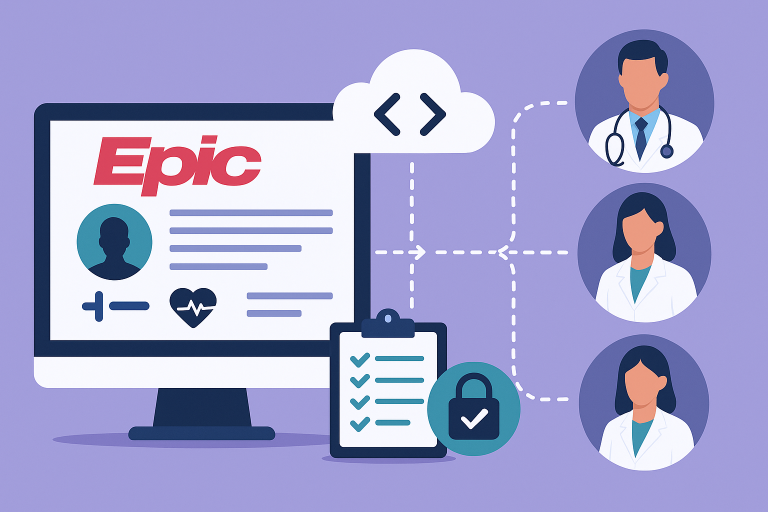

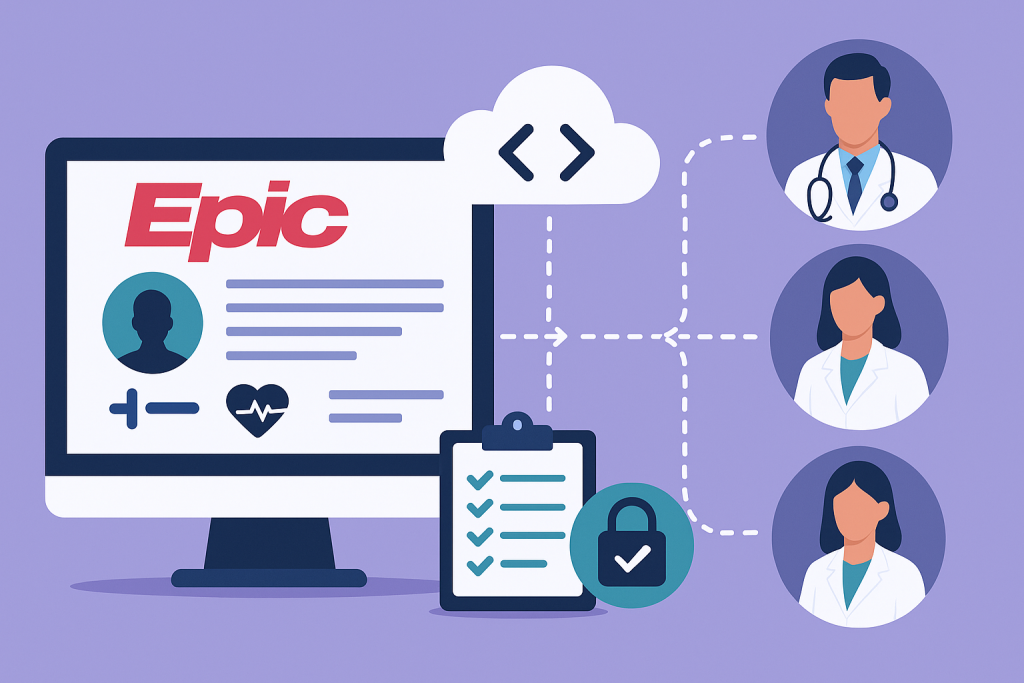

 healthcare, web platform, telemedicine, toolkit app
healthcare, web platform, telemedicine, toolkit app